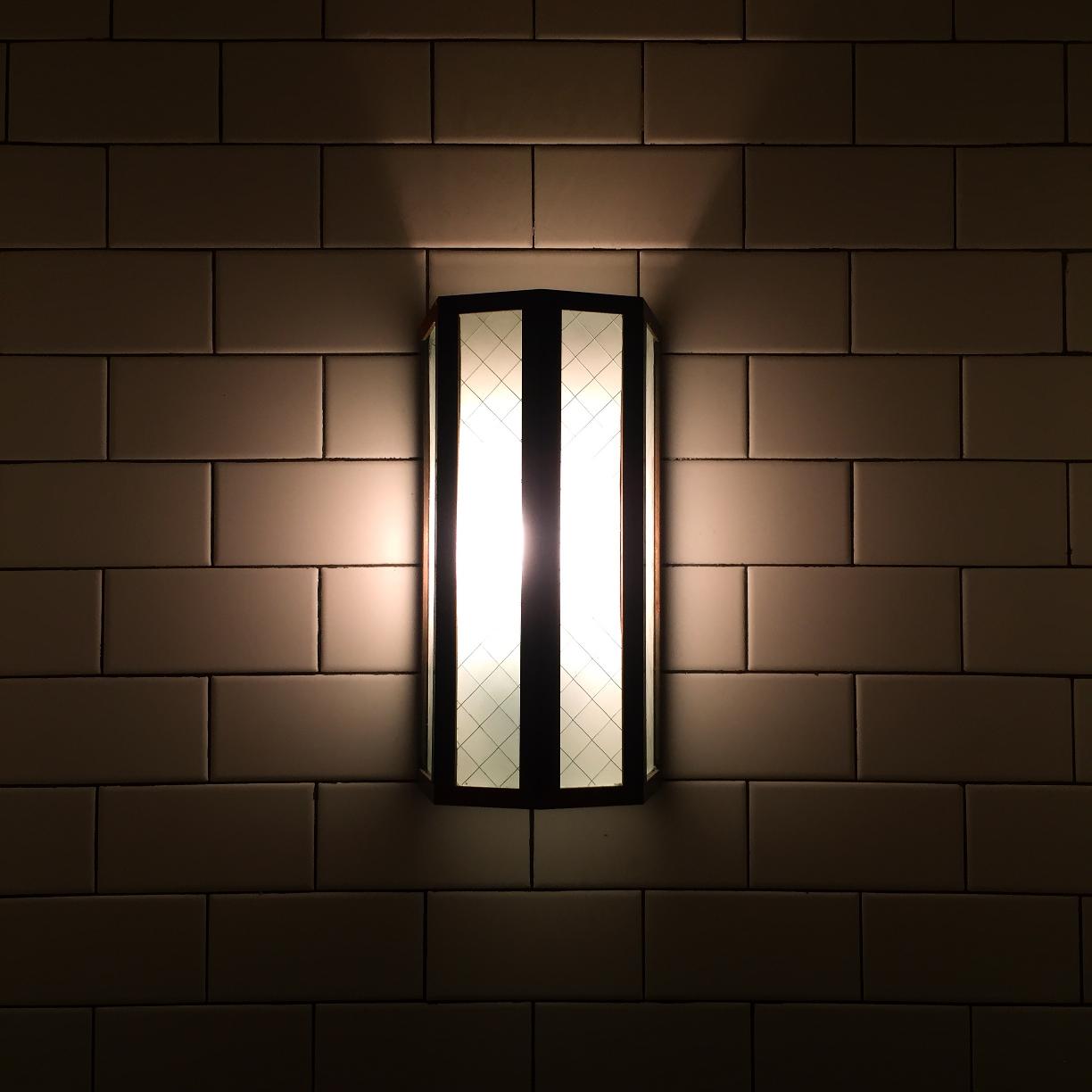Lighting is one of the most important design elements in a home. It creates ambiance, enhances mood, and adds functional beauty to any space. When it comes to selecting the perfect wall lights for your living rooms and hallways, the choices can feel endless. Whether you prefer sleek modern sconces, rustic lantern-style fixtures, or classic swing-arm lamps, the right wall lighting can transform your home’s atmosphere and usability. While many homeowners think about ceiling fixtures or outdoor lights, wall-mounted lighting is just as essential—especially in interior walkways and shared family spaces.
In this article, we’ll explore how to choose the best wall-mounted lighting for both living rooms and hallways. We’ll cover types of fixtures, placement strategies, popular design styles, and functional tips to help you make smart, stylish decisions for your home.
Why Wall Lighting Matters in Home Design
Wall lighting isn’t just about illumination; it’s about style, structure, and creating depth in a room. Unlike overhead lights that distribute light across a broad area, wall lights provide focused illumination and often act as design statements. In living rooms, they contribute to ambiance, highlight artwork, and support layered lighting designs. In hallways, they provide safety, visibility, and elegance, guiding your way while showcasing architectural elements or decorative touches.
Layered Lighting and the Role of Wall Lights
Effective lighting design uses three types of lighting: ambient, task, and accent. Wall-mounted lights often serve as:
- Accent lighting: highlighting architectural features, artwork, or textured walls.
- Ambient lighting: offering a soft glow that complements ceiling fixtures.
- Task lighting: used in reading nooks or beside seating areas for focused activity.
Understanding the role your wall-mounted lights will play in the overall lighting scheme is key to making the right selection.
Best Types of Wall Lights for Living Rooms
Your living room is a social hub where comfort and style meet. Lighting here should reflect both functionality and warmth.
1. Wall Sconces
Wall sconces are among the most versatile options. Available in a variety of styles—modern, vintage, industrial—they can be mounted singly or in pairs. Sconces with upward-facing shades bounce light off the ceiling, creating ambient lighting, while downward-facing sconces offer more focused light.
Best use: Flanking a fireplace, sofa, or television for balance and mood.
2. Swing Arm Lamps
Swing arm wall lamps offer flexibility, making them perfect for reading corners or accent lighting. These adjustable fixtures allow users to direct light where needed, ideal for multi-functional living spaces.
Best use: Next to a lounge chair or sectional sofa for reading or task lighting.
3. Picture Lights
If you have artwork, photographs, or decorative shelves in your living room, picture lights are a stylish and focused way to illuminate them. They add sophistication while drawing attention to key design elements.
Best use: Above artwork, mirrors, or family photo walls.
4. Plug-in Wall Lights
For renters or those not wanting to hardwire fixtures, plug-in wall lights offer flexibility and ease of installation. These can be stylish, functional, and moveable—making them a popular choice for living rooms with ever-changing layouts.
Best use: Beside bookshelves, accent tables, or sofas.
Best Wall Light Options for Hallways
Hallways are often overlooked when it comes to lighting, yet they play an important functional and aesthetic role in a home. These narrow, transitional spaces need well-placed lighting to ensure visibility and safety while maintaining a cohesive interior look.
1. Recessed Wall Lights
Recessed lighting fixtures installed directly into the wall offer sleek, modern solutions for hallways. These lights often shine upward or downward, creating a gentle wash of light that enhances the space without crowding it.
Best use: Along the base of walls or at regular intervals to guide the way.
2. Flush-Mounted Wall Lights
Flush-mounted lights sit close to the wall and don’t protrude far, which is essential in narrow corridors. They provide subtle ambient lighting that illuminates without glare or bulk.
Best use: In high-traffic hallway areas with limited wall space.
3. Lantern-Style Fixtures
If you want to add character or a vintage touch to your hallway, lantern-style wall fixtures offer charm and warmth. These are particularly effective in traditional or rustic interiors.
Best use: In longer hallways or transitional spaces near staircases.
4. LED Strip Wall Lighting
For contemporary hallways, integrated LED strip lighting embedded into wall panels or baseboards can add an artistic touch. They are energy-efficient and can be customized in color and brightness.
Best use: To create a modern, dramatic pathway through the hall.
Matching Wall Lights to Your Interior Style
Choosing the right fixture involves more than just lighting output. It should blend seamlessly with your existing decor while elevating the overall look. Here’s a breakdown of which wall lighting styles pair best with different interior aesthetics.
Modern and Minimalist
- Recommended fixtures: Sleek metal sconces, geometric shapes, matte finishes.
- Design tip: Stick to monochrome palettes and clean lines.
Traditional and Classic
- Recommended fixtures: Candle-style sconces, brass finishes, ornate shapes.
- Design tip: Symmetry is key; use pairs for balanced design.
Industrial and Rustic
- Recommended fixtures: Exposed bulbs, pipe detailing, vintage finishes.
- Design tip: Mix metals like iron and copper for layered texture.
Bohemian and Eclectic
- Recommended fixtures: Lanterns, Moroccan-inspired sconces, vibrant patterns.
- Design tip: Use lighting to add color and cultural flair.
Scandinavian and Cozy
- Recommended fixtures: Soft-glow LED lights, wooden elements, warm tones.
- Design tip: Layer with textiles and natural materials for harmony.
How to Position Wall Lights for Maximum Impact
Placement is everything when it comes to wall-mounted lighting. Misplaced lights can cause glare, shadows, or just look awkward in context. Here’s how to optimize wall lighting placement:
In Living Rooms
- Beside furniture: Mount lights around 60 inches above the floor, and 6–12 inches from the edge of furniture like sofas or armchairs.
- Above artwork: Position picture lights 6–8 inches above frames.
- Near TVs: Use dimmable lights on the sides to reduce screen glare.
In Hallways
- Even spacing: Keep wall sconces around 6–8 feet apart.
- Eye level mounting: Install at about 60–66 inches from the floor.
- Avoid obstacles: Keep fixtures clear of doors and cabinetry.
Light Temperature and Dimming Considerations
The color temperature of a light bulb has a big impact on the atmosphere. Warmer tones (2700K–3000K) are better for relaxing areas like living rooms, while slightly cooler tones (3000K–4000K) work well in hallways where clarity is important.
Why Dimming is Essential
Dimmable wall fixtures offer flexible ambiance control. Whether you’re entertaining guests, watching a movie, or navigating a hallway at night, adjusting brightness levels can help create the right environment.
Energy-Efficient Wall Lighting Options
Eco-friendly lighting is now both stylish and affordable. LED wall lights use less energy and last significantly longer than traditional bulbs. Additionally, LED options generate less heat, improving safety and reducing cooling costs in the home.
If you already use LED outdoor lights, consider matching them with interior LED wall lights to create a consistent lighting theme across your home.
Safety and Installation Tips
Installation Best Practices
- Always turn off power before installing.
- Use a voltage tester to confirm no live wires are exposed.
- Follow manufacturer instructions for mounting height and spacing.
- For hardwired lights, consider hiring a licensed electrician.
Safety Checks
- Ensure all fixtures are securely mounted.
- Use bulbs with the correct wattage for each fixture.
- Avoid overloading circuits, especially in older homes.
Maintenance Tips for Longevity
To keep your wall lighting in top condition:
- Clean shades regularly to maintain brightness.
- Dust bulbs and fittings to prevent overheating.
- Check wires and sockets annually for wear or damage.
- Replace LED drivers or transformers when dimming becomes erratic.
Popular Wall Light Trends in 2025
Interior lighting continues to evolve with design trends. In 2025, the following styles are leading the way:
- Smart wall lights with app and voice controls.
- Mixed material fixtures blending metal, wood, and glass.
- Modular designs that can be rearranged or expanded.
- Sustainable materials such as bamboo and recycled metals.
- Integrated wall lighting that doubles as shelving or decor.
Final Thoughts
When it comes to selecting the best wall lights for your living room and hallway, the decision goes beyond just brightness. It’s about creating mood, adding visual interest, and enhancing the functional flow of your home. From classic sconces to sleek modern fixtures, your lighting choices should reflect both your style and practical needs. Don’t forget to consider factors like placement, light temperature, dimmability, and energy efficiency.
Even if you’ve already invested in ceiling fixtures or outdoor lights, wall lighting offers a unique layer of visual appeal and functionality that shouldn’t be overlooked. With the right design and setup, your living room can feel warmer and more inviting, and your hallways can become illuminated pathways that seamlessly guide you through your space.



